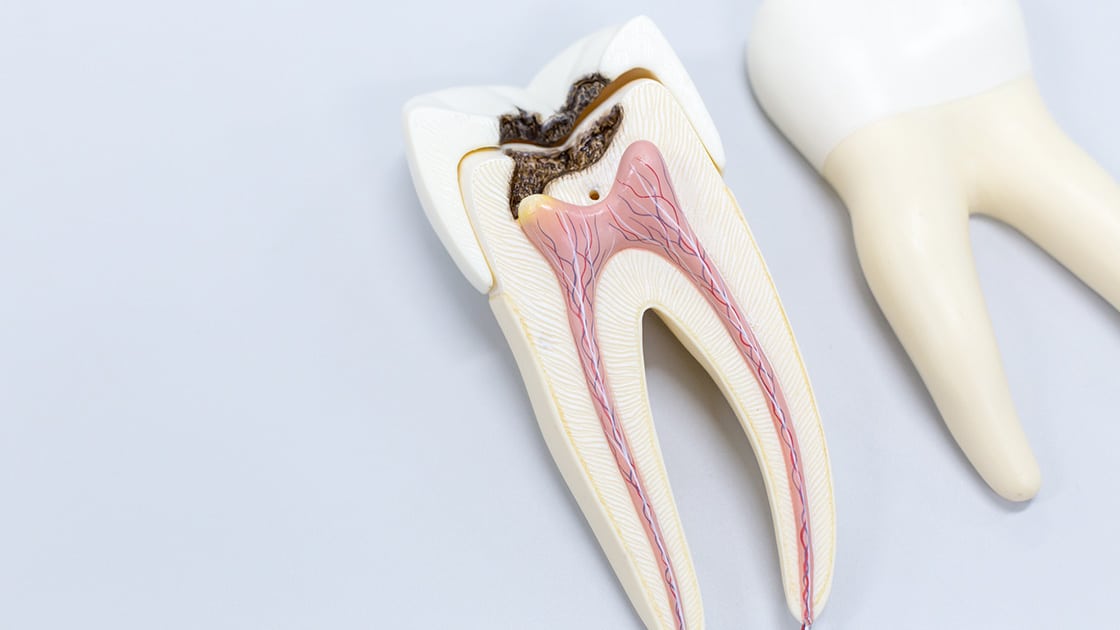
When is Endodontic Retreatment Needed?
Endodontic retreatment may be necessary if you experience a toothache, swelling or your dentist detects an abscess in a tooth that has already undergone a root canal. This specialized procedure, performed using a dental microscope, targets reinfection or unresolved issues from the original treatment.
Although root canals are successful in about 95% of cases, retreatment might be required due to missed canals, recontamination, lingering pain, or complex anatomy. Fortunately, retreatment offers a second chance to save your natural tooth.
The Retreatment Process
Consultation
During your consultation, your endodontist will use advanced diagnostics, including 3D CBCT imaging, to evaluate your condition and explain treatment options and expected. If treatment can begin the same day, we’ll get started right away-otherwise, we’ll schedule it at a convenient time for you.
Disinfection and Filling
After making sure you’re fully numb and relaxed, your endodontist will use a specialized microscope to create a tiny opening near the tooth. Through this opening, they’ll carefully remove the old filling material, clean and disinfect the area, and then refill the canals to help your tooth heal and stay healthy.
Follow Up
Once your root canal retreatment is complete, we recommend seeing your general dentist within 30 days to place a permanent filling or crown. This final step is important to protect your tooth against fractures.

